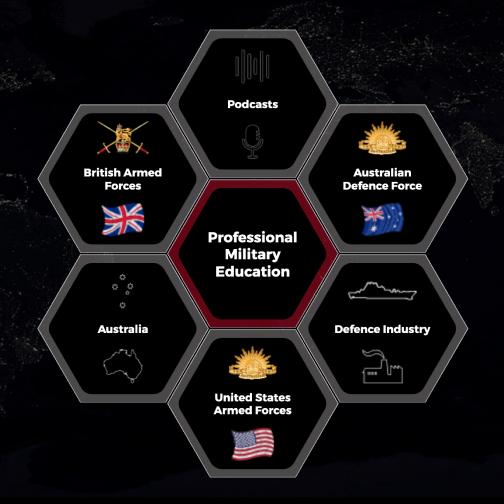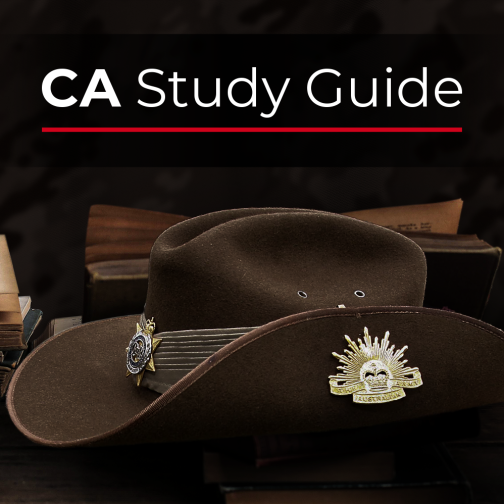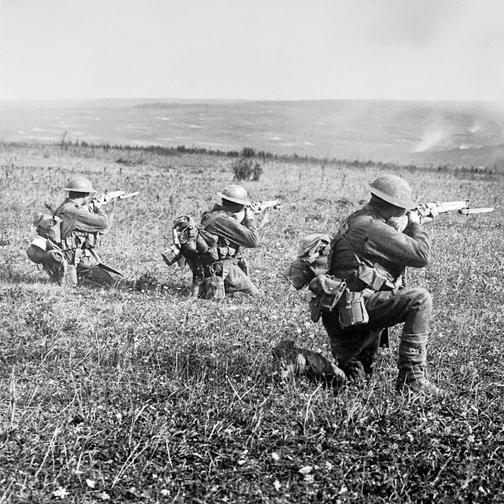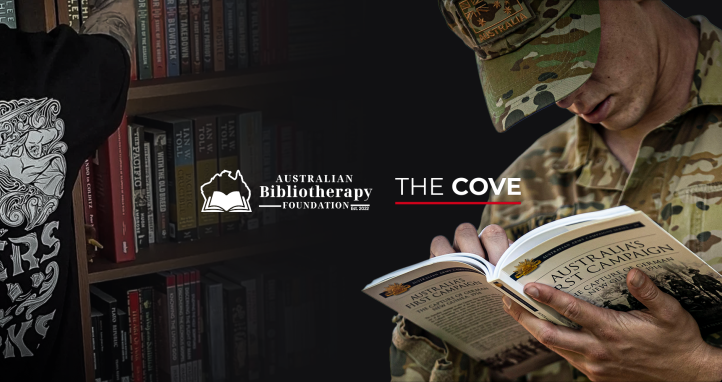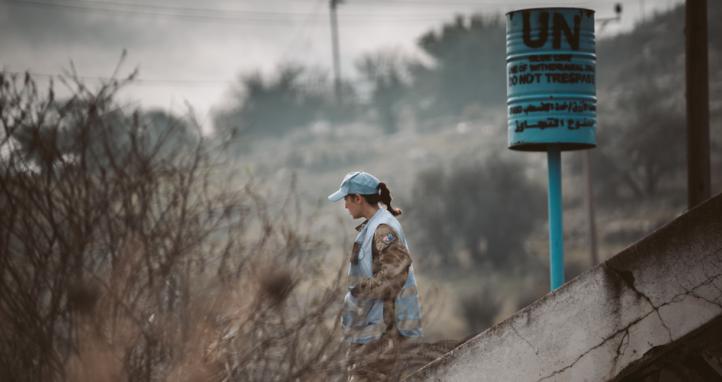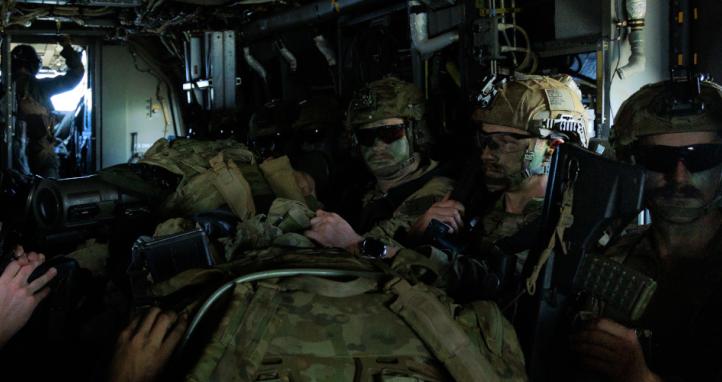Lieutenant Colonel Henry William 'Harry' Murray VC, CMG, DSO and Bar, DCM (1880 - 1966, 85yo)
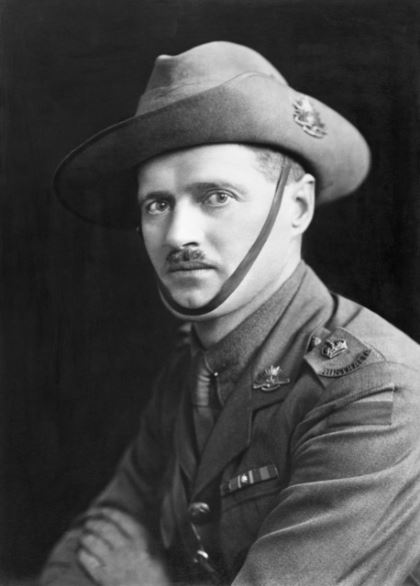 Henry William Murray was born on 1 December 1880 in Evandale, Tasmania. Following the early death of his father, he left school during his primary years to help manage the family farm. Later, he moved to Western Australia where he worked as a mail courier on the goldfields. His military journey began in the militia with the Australian Field Artillery in Tasmania before enlisting in the Australian Imperial Force on 13 October 1914.
Henry William Murray was born on 1 December 1880 in Evandale, Tasmania. Following the early death of his father, he left school during his primary years to help manage the family farm. Later, he moved to Western Australia where he worked as a mail courier on the goldfields. His military journey began in the militia with the Australian Field Artillery in Tasmania before enlisting in the Australian Imperial Force on 13 October 1914.
Murray was assigned to the 16th Battalion and landed at Gallipoli on 25 April 1915, manning one of the battalion’s two machine guns alongside Lance Corporal Percy Black. The following day, they engaged Turkish forces from Pope’s Hill under intense conditions. Despite being wounded, Murray refused to leave his post. He was later evacuated due to injuries sustained on 30 May but rejoined his unit in July. For his actions in May, he received the Distinguished Conduct Medal and was promoted to Lance Corporal.
Murray's determination and leadership were evident throughout the Gallipoli campaign. He was wounded again on 8 August during the Hill 971 action, and shortly after was promoted to Sergeant, then commissioned as Second Lieutenant and transferred to the 13th Battalion. His cool-headedness under fire earned him a reputation as a resolute and influential leader.
After Gallipoli, Murray rose swiftly through the ranks. In 1916, he was promoted to Captain and deployed to France, where he took part in every major action involving the 13th Battalion. At Mouquet Farm, he led a drastically understrength force to seize and hold the objective against multiple counter-attacks. Though wounded twice, he refused to withdraw, an act that earned him the Distinguished Service Order.
On the night of 4–5 February 1917, during the battle for Stormy Trench near Gueudecourt, Murray’s leadership was once again on display. After seizing the objective, he rallied his men under repeated enemy counterattacks, directing a countercharge that repelled the Germans and consolidated the position until relief arrived. For this action, he was awarded the Victoria Cross.
Murray went on to fight at Bullecourt in April 1917, where he again displayed exceptional leadership under fire, receiving a Bar to his DSO. He was promoted to Major during the battle and later took temporary command of his battalion. In May 1918, he was promoted to Lieutenant Colonel and given command of the 4th Machine-Gun Battalion, a post he held through the war’s conclusion. His wartime service was recognised with multiple honours, including the French Croix de Guerre, the CMG, and four mentions in dispatches.
After the war, Murray returned to civilian life but re-entered service during the Second World War, commanding the 26th Battalion in North Queensland until April 1942. He formally retired on 8 February 1944. Henry Murray died on 7 January 1966 following a car accident and remains one of Australia's most decorated soldiers.
Lieutenant Colonel James Ernest Newland VC (1881 - 1949, 67 yo)
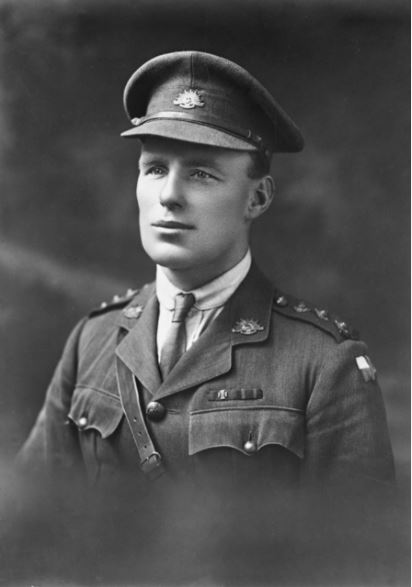 James Ernest Newland was born on 22 August 1881 in Highton, Victoria. His military service began in 1902 when he enlisted as a Private with the 4th Battalion, Australian Commonwealth Horse, and deployed to South Africa. However, his unit arrived just as the war was ending and soon returned to Australia. He subsequently served in the Royal Australian Artillery from 1903 to 1907, then worked as a policeman in Tasmania before rejoining the regular Army in 1910. By the time the First World War broke out, he was serving with the Australian Instructional Corps.
James Ernest Newland was born on 22 August 1881 in Highton, Victoria. His military service began in 1902 when he enlisted as a Private with the 4th Battalion, Australian Commonwealth Horse, and deployed to South Africa. However, his unit arrived just as the war was ending and soon returned to Australia. He subsequently served in the Royal Australian Artillery from 1903 to 1907, then worked as a policeman in Tasmania before rejoining the regular Army in 1910. By the time the First World War broke out, he was serving with the Australian Instructional Corps.
On 17 August 1914, Newland enlisted in the Australian Imperial Force as Regimental Quartermaster Sergeant with the 12th Battalion. He departed for Egypt in October and was among the first ashore at Gallipoli on 25 April 1915, where he was wounded and evacuated. Upon recovery, he returned to duty and was commissioned as a Second Lieutenant. Promoted steadily over the next year, he was a Captain and Adjutant by March 1916 and later took command of A Company in France.
At Mouquet Farm in August 1916, Newland led his company in a successful assault on German trenches, earning a Mention in Dispatches. In early 1917, during the advance on the Hindenburg Line, he was again wounded while leading an attack at Le Barque. After returning to duty, he distinguished himself during the operations at Boursies in April 1917. Under heavy fire, he led a bombing attack to seize a key position and, with support from Sergeant John Whittle, counter-attacked to recover ground lost to a German assault later that night.
On 15 April 1917, during a major German counter-offensive at Lagnicourt, Newland’s company held its ground against repeated assaults. Though outflanked, his men regrouped at a sunken road and held the position until relieved. His leadership and personal bravery at Boursies and Lagnicourt earned him the Victoria Cross.
Newland was wounded again at the Second Battle of Bullecourt in May 1917 and was evacuated to England. His service with the AIF concluded in March 1918. He remained in the Army until 1921 and continued his military career in administrative roles. Promoted to Quartermaster with honorary rank of Major in 1930, he was awarded the Meritorious Service Medal in 1935. He retired in August 1941 with the honorary rank of Lieutenant Colonel.
Newland died suddenly on 19 March 1949 and was buried with full military honours at Brighton Cemetery. He remains notable as the first Australian officer of the First World War to be awarded the Victoria Cross.
Last Reviewed 06/2025
